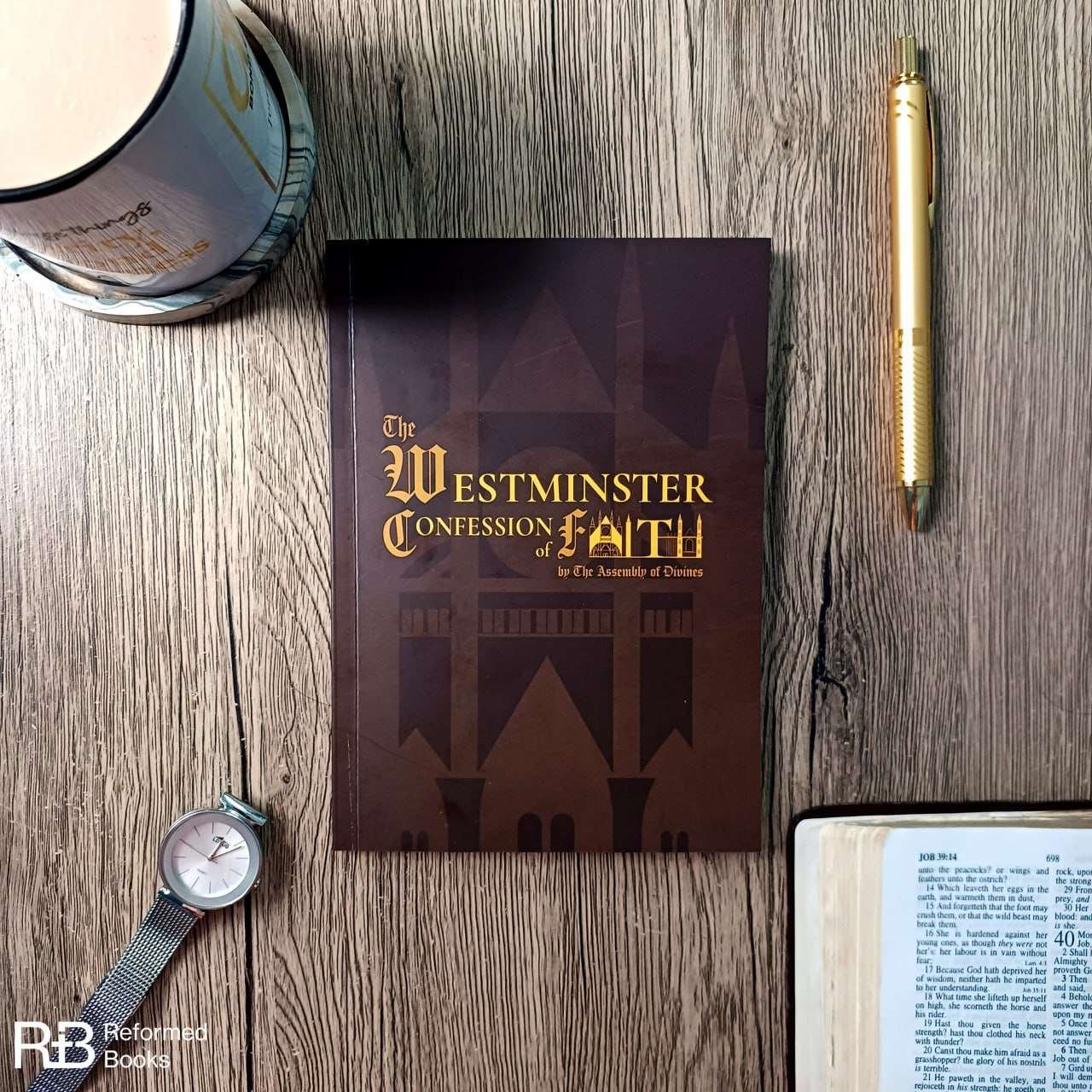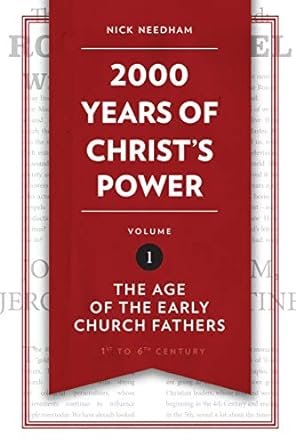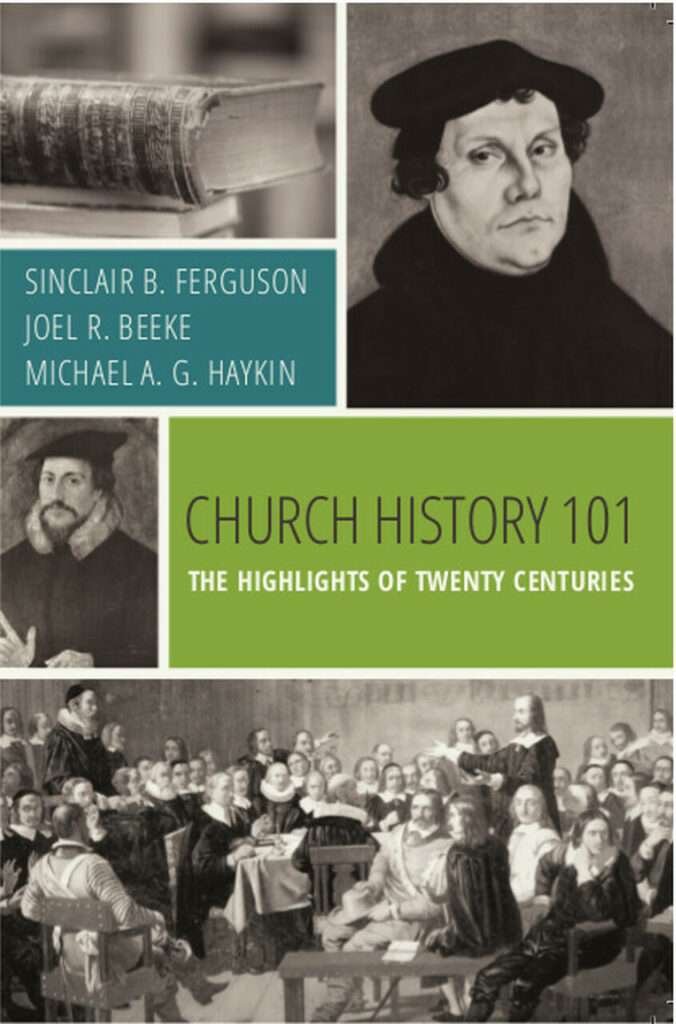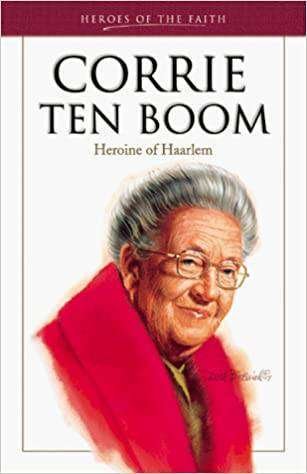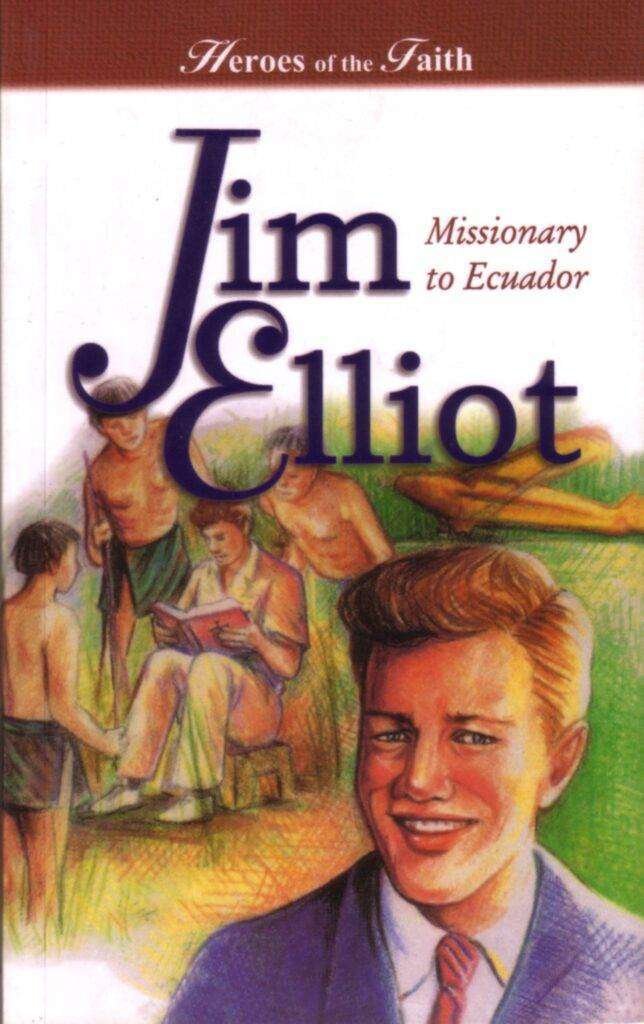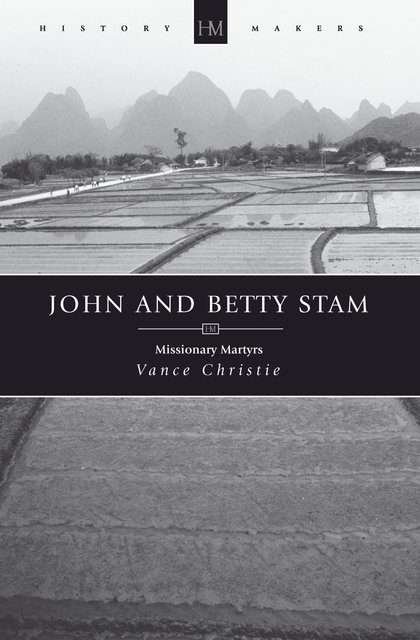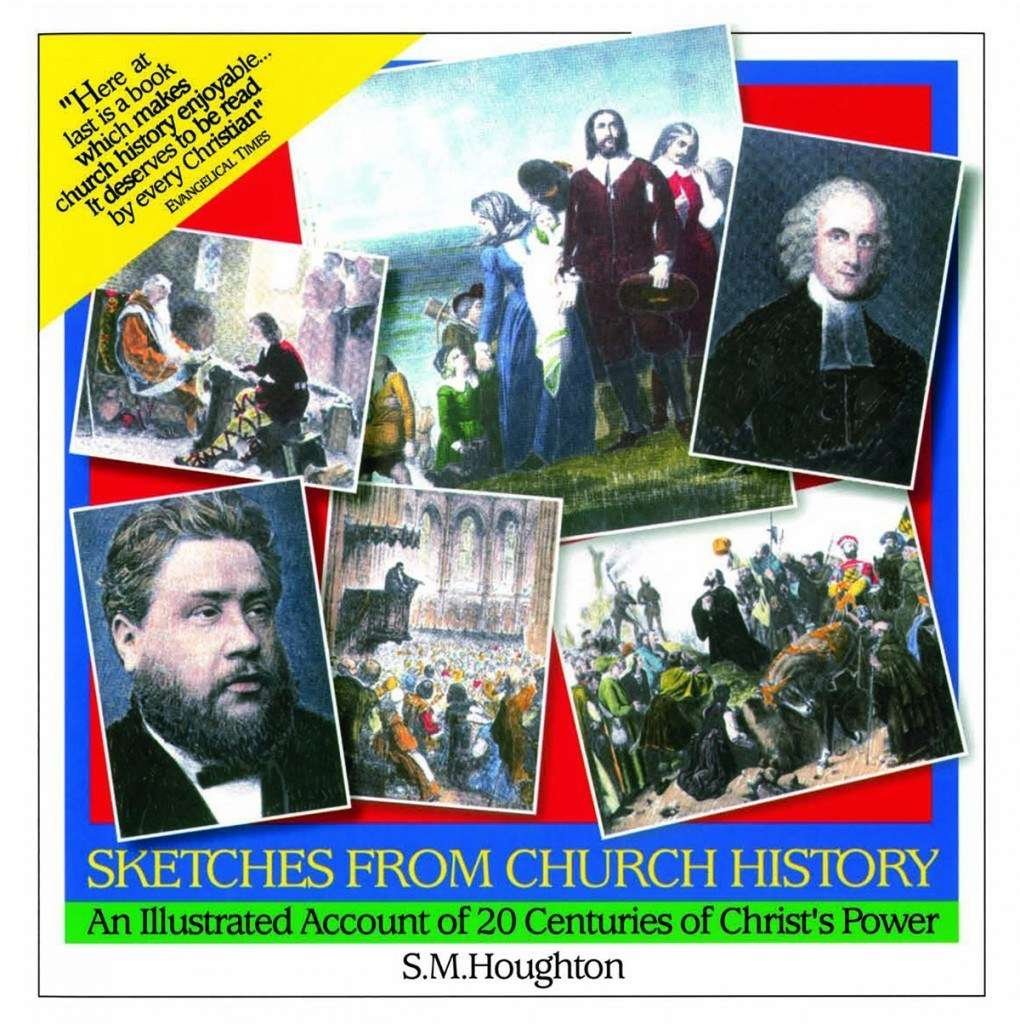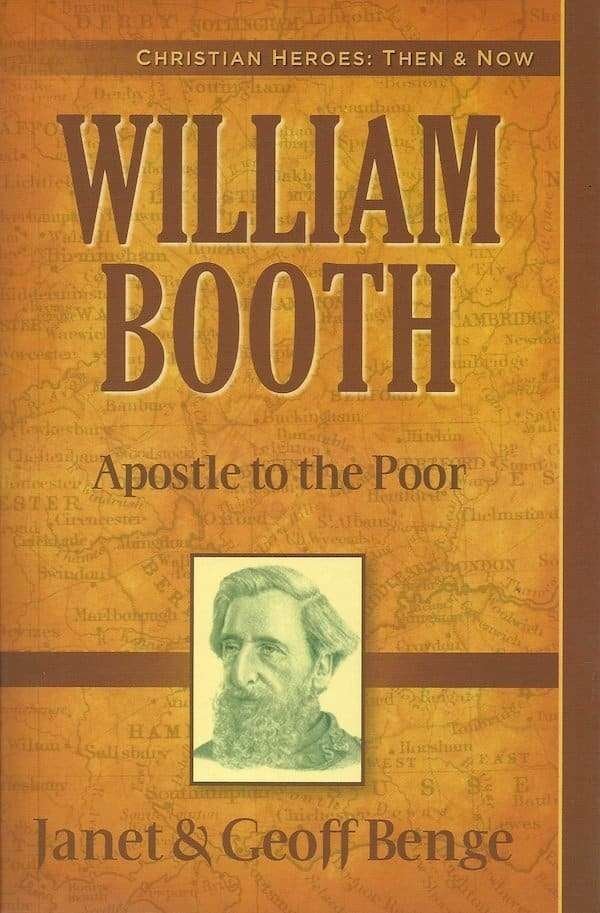The Middle Ages were dubbed the ‘Dark Ages’ almost before they had begun to draw to a close. Ever since then, they have continued to be seen as a time of hardship and oppression, full of popes and crusades. In the second volume of 2,000 Years of Christ’s Power, another side of the Middle Ages shines through though: The continual workings of Christ as He built His kingdom through figures such as Thomas a Kempis and John Wycliffe, who lived and struggled during these centuries. This was far from a period of stagnation; rather it was the fire from which the Reformation was kindled.
About the Author
Nick Needham is the Church History lecturer at Highland Theological College in Dingwall and the minister at Inverness Reformed Baptist Church. Previous to this, he taught Systematic Theology at Scottish Baptist College in Glasgow. He is author of the highly collectable 2,000 Years of Christ’s Power series.
Endorsements
It is a brave historian who tackles the extremely challenging task of writing the 2,000-year history of the Church. Well, Nick Needham has more than risen to the challenge. This eagerly-awaited fourth volume has been well worth the wait and, not to pressure our brother scholar, we now look forward to the concluding volume!
Michael A. G. Haykin, Professor of Church History and Biblical Spirituality, The Southern Baptist Theological Seminary, Louisville, Kentucky.
Nick Needham’s volumes on church history explain everything that someone new to the subject might not understand. At the same time, they achieve a depth of detail to interest those who already know something of the subject. We use them as standard texts at LTS and look forward eagerly to forthcoming volumes.
Robert Strivens, Principal, London Seminary, London
For many years now I have said: if you want a thorough, learned but accessible and well-written history of the church, read Nick Needham’s 2,000 Years of Christ’s Power. Now, with the fourth volume finally available, Christians have an excellent resource for improving their knowledge of the history of their faith. Highly recommended.
Carl R. Trueman, Professor of Biblical and Religious Studies, Grove City College, Pennsylvania
What makes the books so useful is that in a non-technical (but not simplistic) way, they bring out the main story line of the history of the church through the centuries. But in addition, and most helpfully, each chapter concludes with a selection of writings (translated of course!) from people discussed in the chapter. This means that we are not only told what certain people believed, but we are able to read some of their actual writings — and this is often extremely illuminating.
Martin K. Bussey, Lecturer in theology, Africa International University, Kenya


